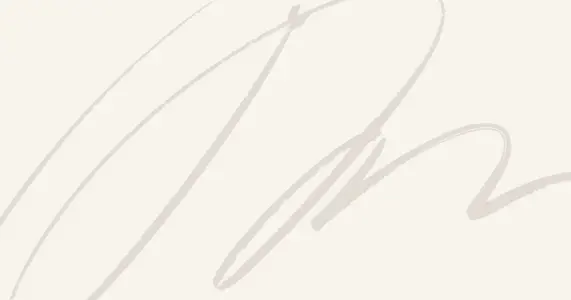Articles by David Fowler
Aspire Unplugged with David and Maddy
Join an engaging conversation with David Fowler, the architect behind Aspire, as he shares insights into the vision, design decisions, and future direction of this transformative framework. Learn about the problems .NET Aspire was designed to solve, hear stories from the development process, and get answers to the community's most pressing questions.
Deep Dive: Extending and Customizing Aspire
Go beyond the built-in capabilities to learn how to create custom integrations, extend the dashboard with your own visualizations, build custom resource types, and adapt Aspire to work with your organization's infrastructure. We'll explore the extensibility points and demonstrate real-world examples of customization.
Aspire: A Modern DevOps Toolchain
When we first launched Aspire, we knew we were trying to change how developers build distributed applications. But over time, something interesting happened: Aspire started showing up everywhere.
Aspire Roadmap (2025 → 2026)
We’ve had so much fun building, learning, and Aspirifying with you over the last year. As many of you have noticed, there are lots of exciting things in the works, and we figured it was time to write the broader vision out in one place.
Taming Manifest Sprawl with Aspire
You know the drill: a new service hits the repo and suddenly you’re editing three different manifests. That duplication is manifest sprawl, and it taxes every deploy, code review, and onboarding session.
Intent vs. Mechanics: The Power of Abstraction in Aspire
One of the most powerful ideas in software is abstraction — hiding implementation details so you can focus on intent. But getting abstraction right is an art. Too low, and you’re buried in boilerplate. Too high, and it becomes magic you can’t control. Aspire helps you express intent — the what — while deferring or adapting the how depending on where your app runs. That distinction matters more than you might think.
Model. Run. Ship. The New Way to Build Distributed Apps
Aspire isn’t your frontend. It isn’t your API. It’s not your infrastructure-as-code either. Aspire is your app host. It’s the thing that connects your projects, services, and environment into something coherent and repeatable.
Modeling Your Environment with Aspire
When I talk about modeling in Aspire, I’m talking about describing your application and its environment in a way that a tool can understand — not just a human.
The Aspire Compiler
At the heart of Aspire is a resource model. It defines the shape of your application — its services, dependencies, configuration, and how everything connects. But this model doesn’t just describe intent...
Aspire: A Platform for Reusable Infrastructure
In software engineering, we know how to build reusable systems.





